The Mirror of Stones
Speculum Lapidum Book III: An Astrological Lapidary
by Camillo Leonardi
Translated and annotated by Margherita Fiorello
with new art by Joseph Uccello
140 pages/ 21 August 2022 / jacketed hardback: 9781947544130
Mirror of Stones examines the magical virtues of stones and their talismanic powers derived directly from celestial factors. For those familiar with the chain of correspondences between macrocosm and microcosm, anything is possible.
Details of a virtual book launch forthcoming! UK and EU readers, please request this title through your local, independent bookshops, as we cannot ship internationally at this time.
Available on backorder
The third book of Speculum Lapidum was first published in Venice in 1502 by the astrologer and doctor Camillo Leonardi, a native of Pesaro with a doctorate from the famous University of Padua. As a courtier of Costanzo Sforza when the city of Pesaro passed to Borgia, Leonardi tried to win their favor by dedicating his work to the Duke of Valentinois, Cesare Borgia, son of Pope Alexander VI.
In three books, the treatise describes the nature of stones and represents a synthesis of ancient and medieval knowledge on the topic. The first two books examine the origin and classification of stones and gems; in the third book Leonardi examines their magical virtues and powers in detail. These powers are not inherent in stones, but derive directly from the sky, planets, constellations, and fixed stars. Every object, animal, herb, stone resonates with the same energy it receives from stars, and for those who are familiar with the chain of correspondences between macrocosm and microcosm, anything is possible.
The book summarized the most important and well-known medieval lapidaries of its time, and thus it experienced immense good fortune. It was reprinted several times, translated into Italian, and published in 1565 by Lodovico Dolce in 1565), partly in English (in 1750), and French (Claude Lecouteux, 2002). However, the third book, owing likely to its overtly magical nature, has never been translated into English before.
The third book is comprised of 19 chapters. The first chapters (1-7) are dedicated to the discussion of the nature of stones and classification of seals in terms of three aspects: universal (not depending on the material used: the zodiacal seals), particular (depending on stars’ configuration: seals of stars and constellations), and significative (intensifying the inner virtues of stones: non-zodiacal/magical seals). Chapters 8-10 describe the astrological triplicities and their virtues. The remaining chapters collect several medieval lapidaries.
With this translation from Margherita Fiorello, we have the opportunity to keep in our bookshelves a tome that until now was known only to the greatest experts on the history of medieval and renaissance magic, a book originally written for one Cesare Borgia, a man whose name is deeply linked with necromancy and black magic. We don’t know if Leonardi believed in this legend, or if he merely intended to create a talismanic encyclopedia for his patron based on the medieval idea that stones, more than other natural and artificial objects, could best absorb stellar rays.
Nevertheless, this text grants us a fresh chance to explore the ancient magical and astrological lore of the stones and will allow us to put new gas on the fires of the contemporary magical revival.
On the Translation by Margherita Fiorello
Part I:
¶ 1. Of the carvings found in the stones, and how difficult this science is, but we must relate to the ancient sages.
¶ 2. Who were the first sculptors, and how this art has progressed over centuries, and who are the most excellent sculptors and painters of our time.
¶ 3. Which images are produced by nature, and which are not, and their virtues.
¶ 4. The virtue of the images carved on stone changes the particular virtue of stone; and with the passing of the years it is not completely lost.
¶ 5. As in stones there are universal and particular virtues.
¶ 6. Of non-astrological engravings, and how we can recognize them.
¶ 7. How images carved on stones can be effective.
¶ 8. Signs of the first triplicity.
¶ 9. Signs of the second triplicity.
¶ 10. Signs of the third triplicity.
¶ 11. Signs of the fourth triplicity.
¶ 12. Planetary figures.
¶ 13. Of images and figures proper to the constellations of heaven, and what they are for.
¶ 14. Of the magical images; and firstly those of Raziel.
¶ 15. Images, or figures, of Chael.
¶ 16. Images, or seals of Thetel.
¶ 17. Sculptures, or images of Solomon.
¶ 18. Seals, or images of Hermes.
¶ 19. Seals, or images described by several learned men.
Part II:
¶ A modernized Italian version of the third book of Speculum Lapidum
by Lodovico Dolce
Bibliography
Index
Margherita Fiorello is a traditional astrologer and an independent researcher from Italy. She began studying astrology in the late 1980s, and since 2000 she has been involved in the revival of traditional astrology in all its different branches: the American Project Hindsight, the English revival of horary astrology, and also the Italian recovery of Ptolemy’s astrology by Giuseppe Bezza and his group, Cielo e Terra. She is especially interested in astral magic, magical herbals and astral iconography in medieval and Renaissance art. She is an active member of the traditional astrological community with her blog (in English), as a lecturer, and as a teacher of traditional astrology. She has self-published three translations concerning decans and paranatellonta preserved in medieval/Renaissance texts: I decani di Albumasar: Storie e rappresentazioni delle immagini stellate dello zodiaco (2017), English edition: The Decans of Albumasar: The images of stars rising with the 36 faces (2018); L’arte delle domande orarie: Introduzione, glossario astrologico & traduzione (2018); and I 360 gradi dello Zodiaco: Le immagini dell’Astrolabium Planum (2021).

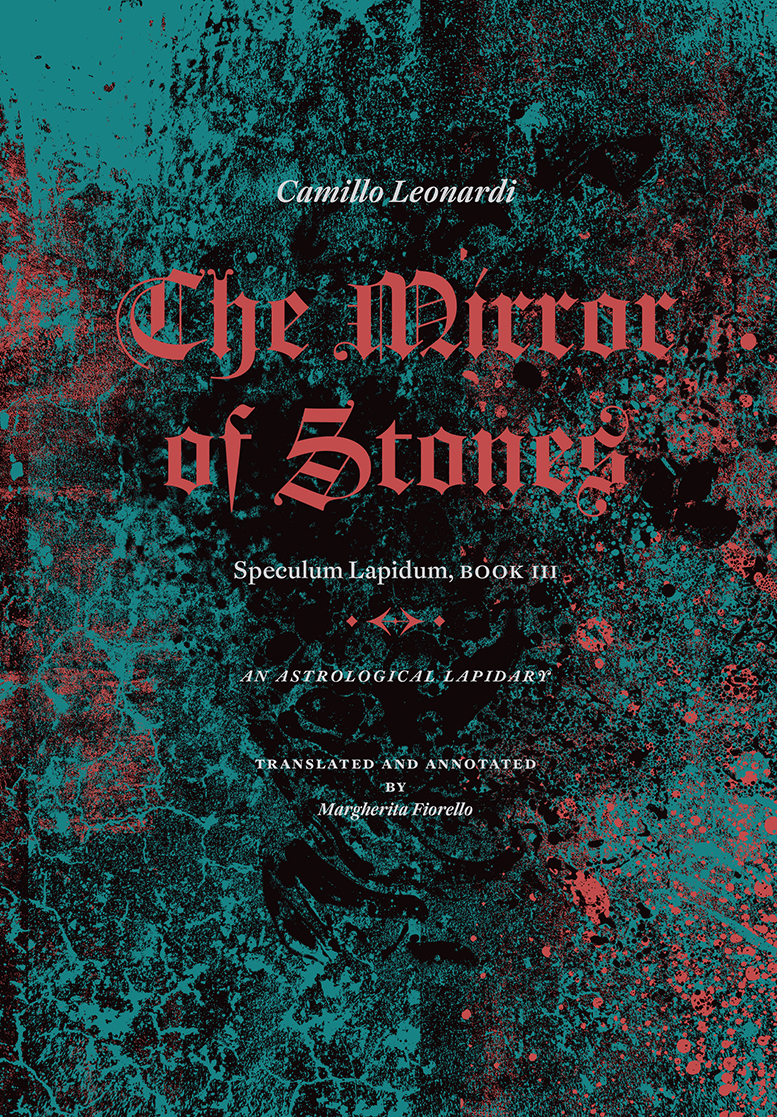

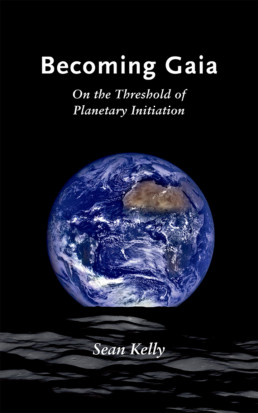
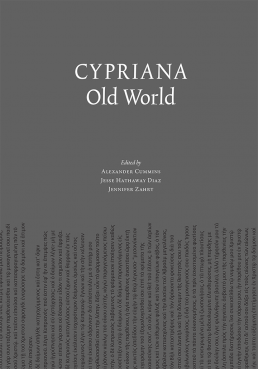
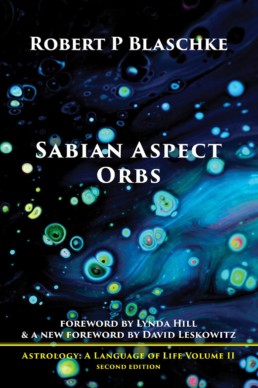
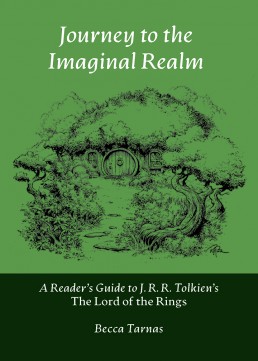
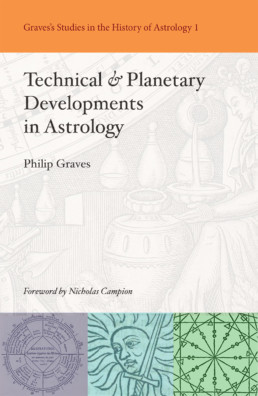
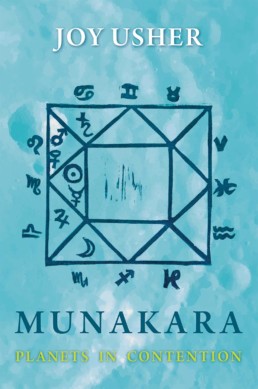
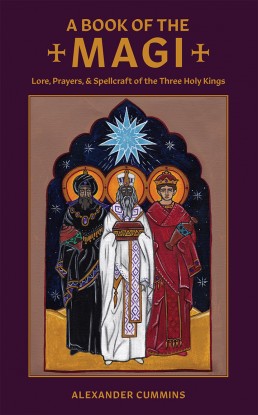
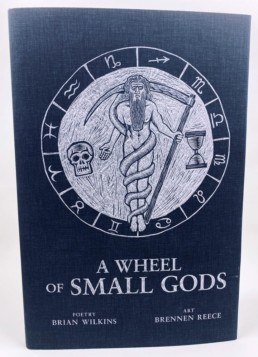
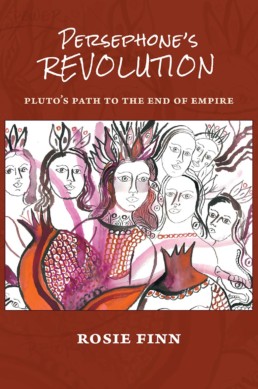
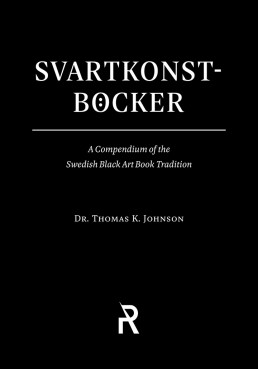
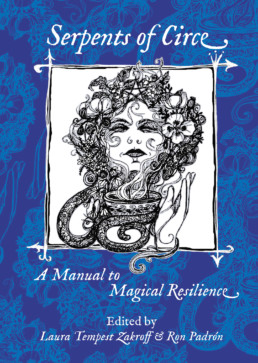
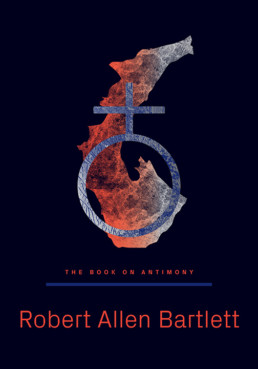
Reviews
There are no reviews yet.